Hourly Workforce Index
The Hourly Workforce Index (HWI) is an economic benchmark that looks at the hours worked by millions of shift workers across the nation to determine how they’re fairing. The Index has three dimensions: national, industry, and state-by-state. The National Index compares changes in employment among hourly workers to the entire workforce as reported by The U.S. Bureau of Labor Statistics.
Loading...
Loading...
Loading...
Subscribe to get the latest
Get hourly workforce trends, reports, and actionable insights sent straight to your inbox.
Featured Articles & Insights
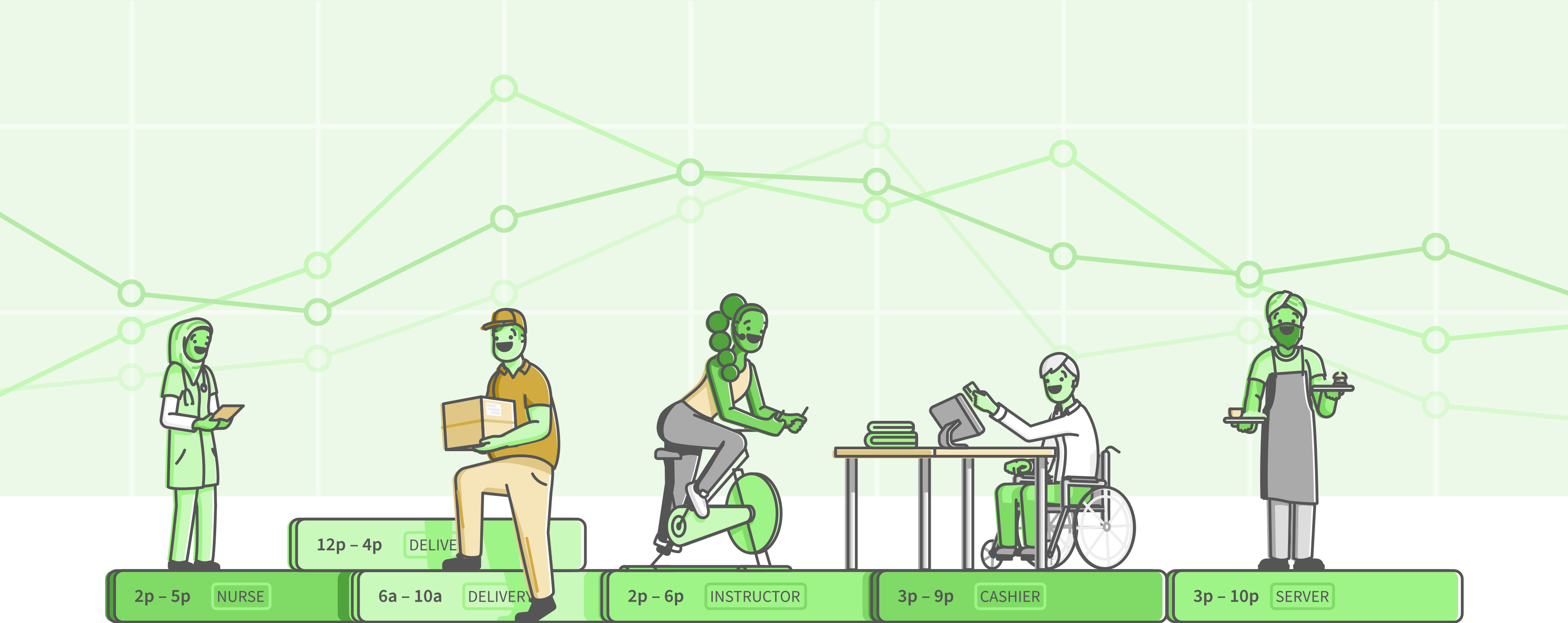
Supporting shift-based workplaces post-pandemic with better data
Read Article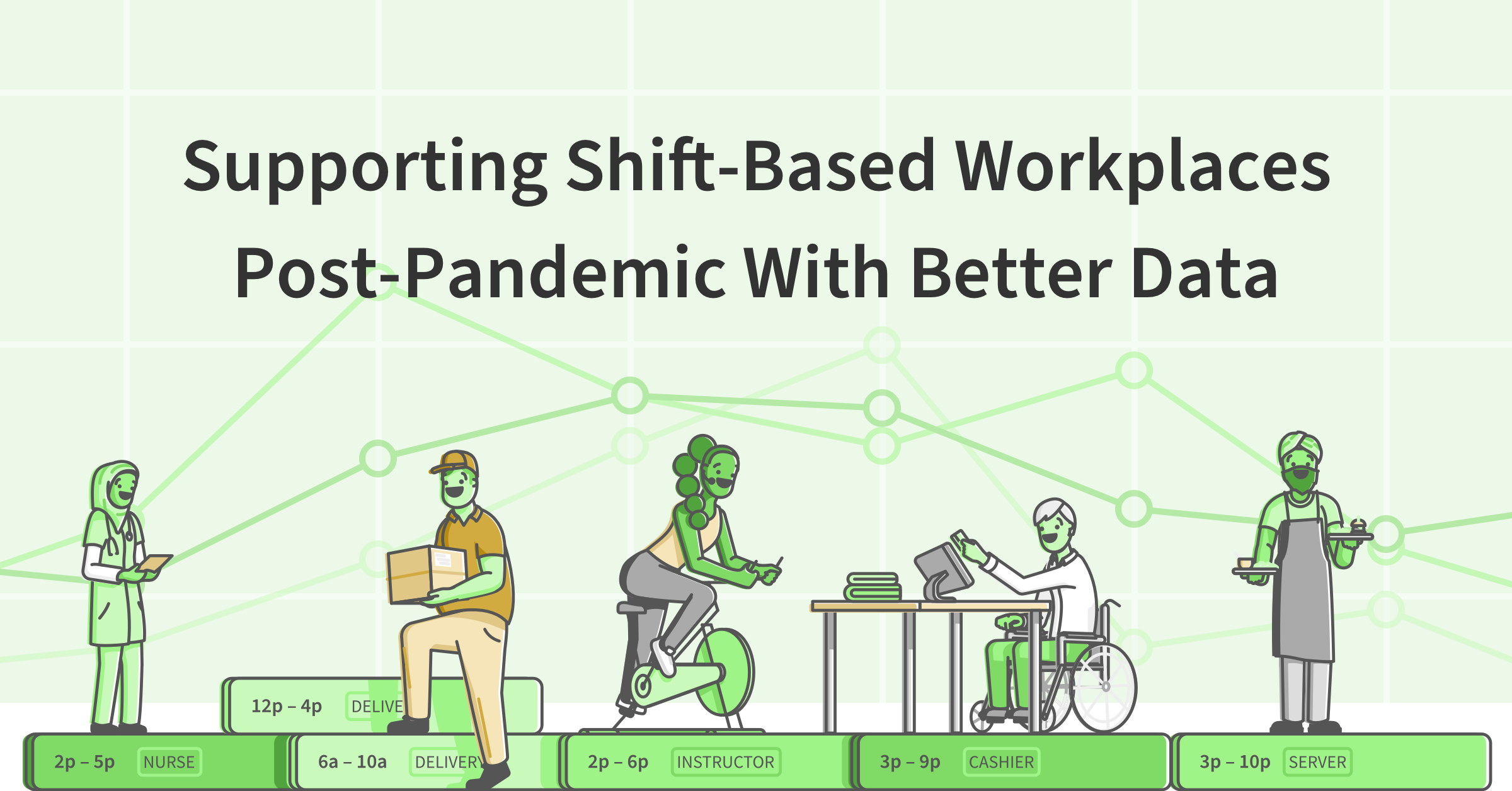
/Future of Work
Supporting shift-based workplaces post-pandemic with better data
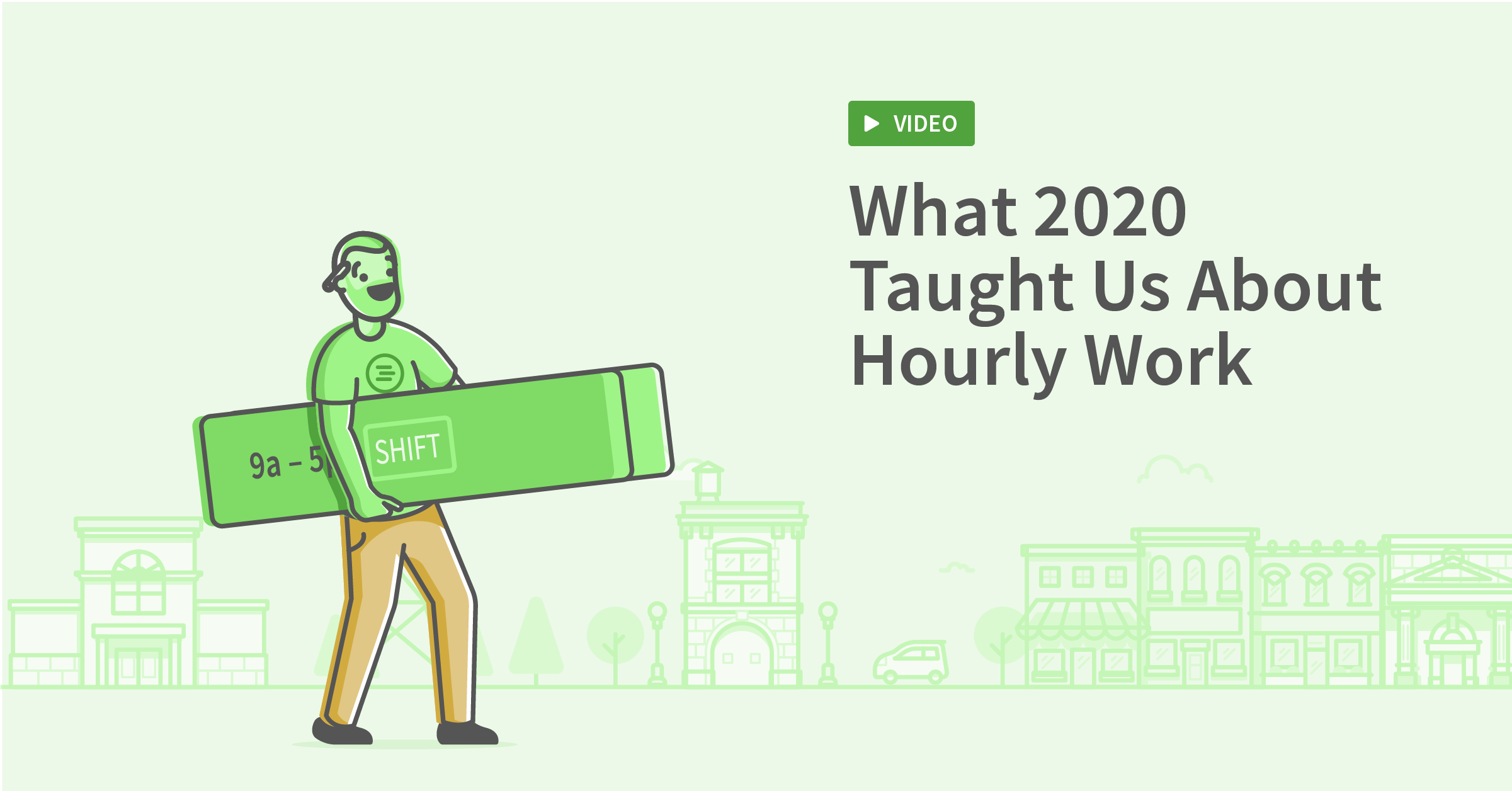
/Future of Work
What 2020 taught us about hourly work
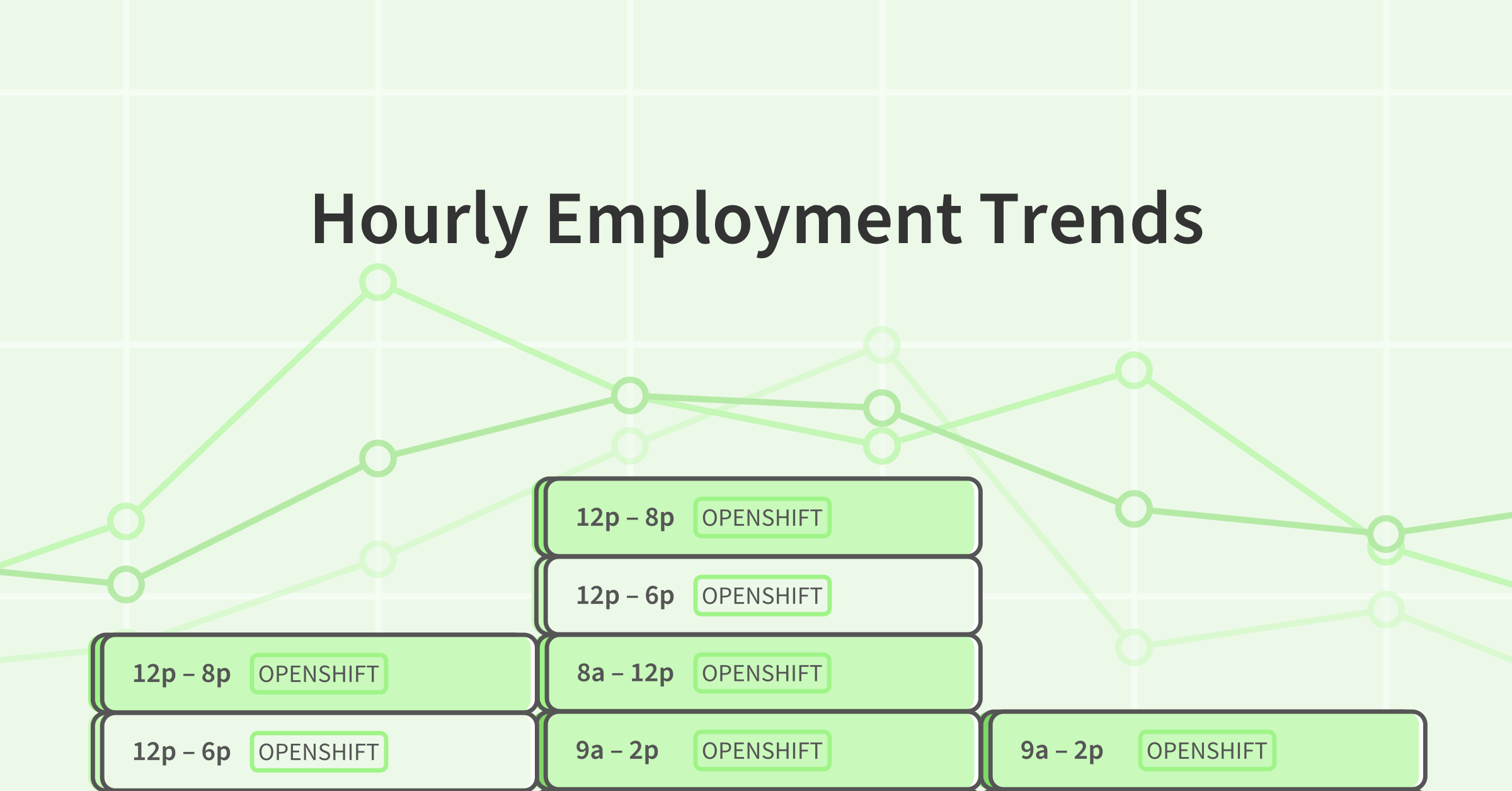
/Future of Work
Q4 employment trends: Retail hangs on through the holiday season as restaurant and hospitality drop

/Future of Work
Intensified by COVID-19, An Unspoken Data Crisis is Impacting Millions of Americans

/Future of Work
How to manage your team and business when patio season ends
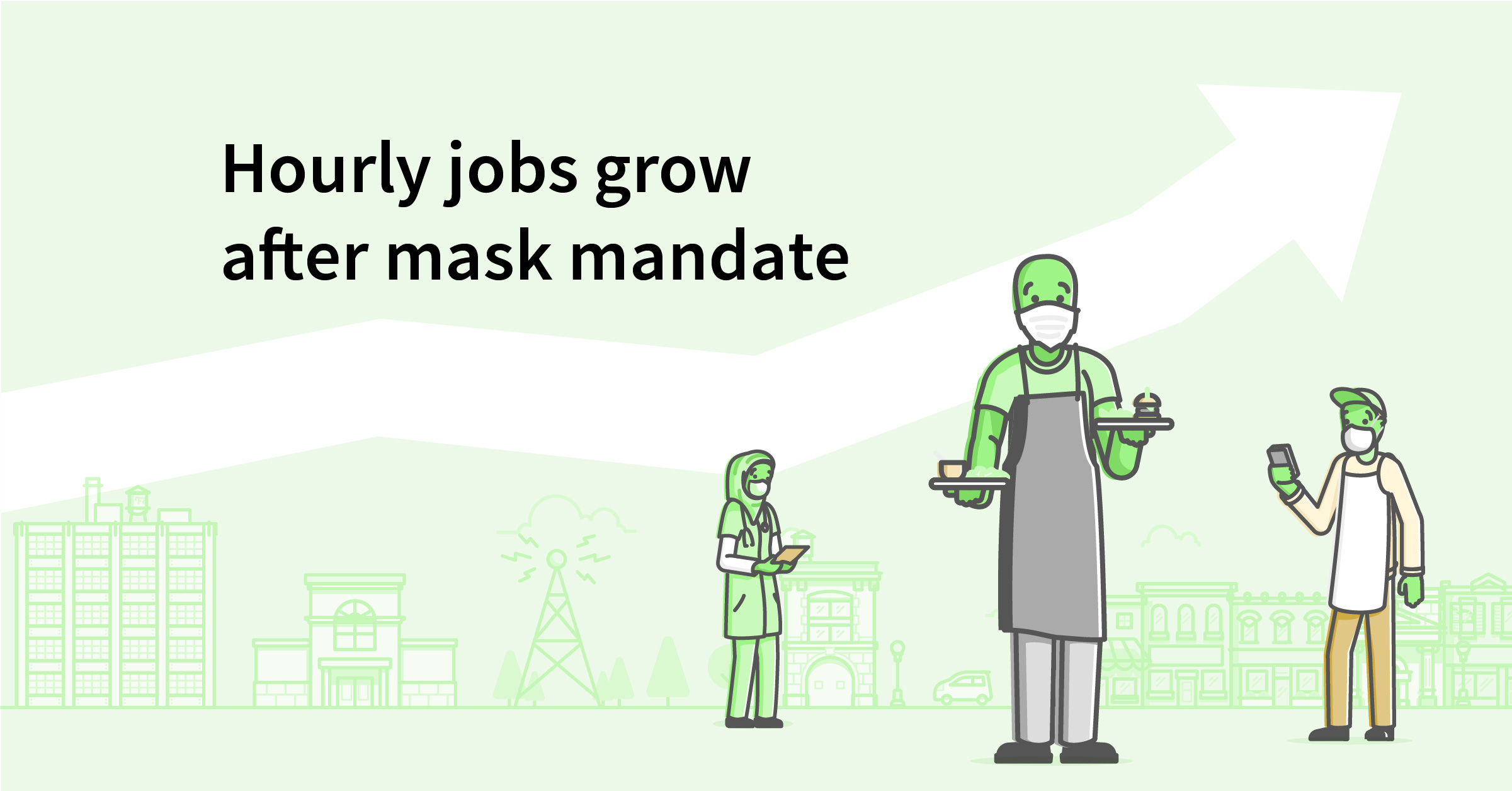
/Future of Work
Can a Mask Mandate Improve Employment? Data Points to Yes.
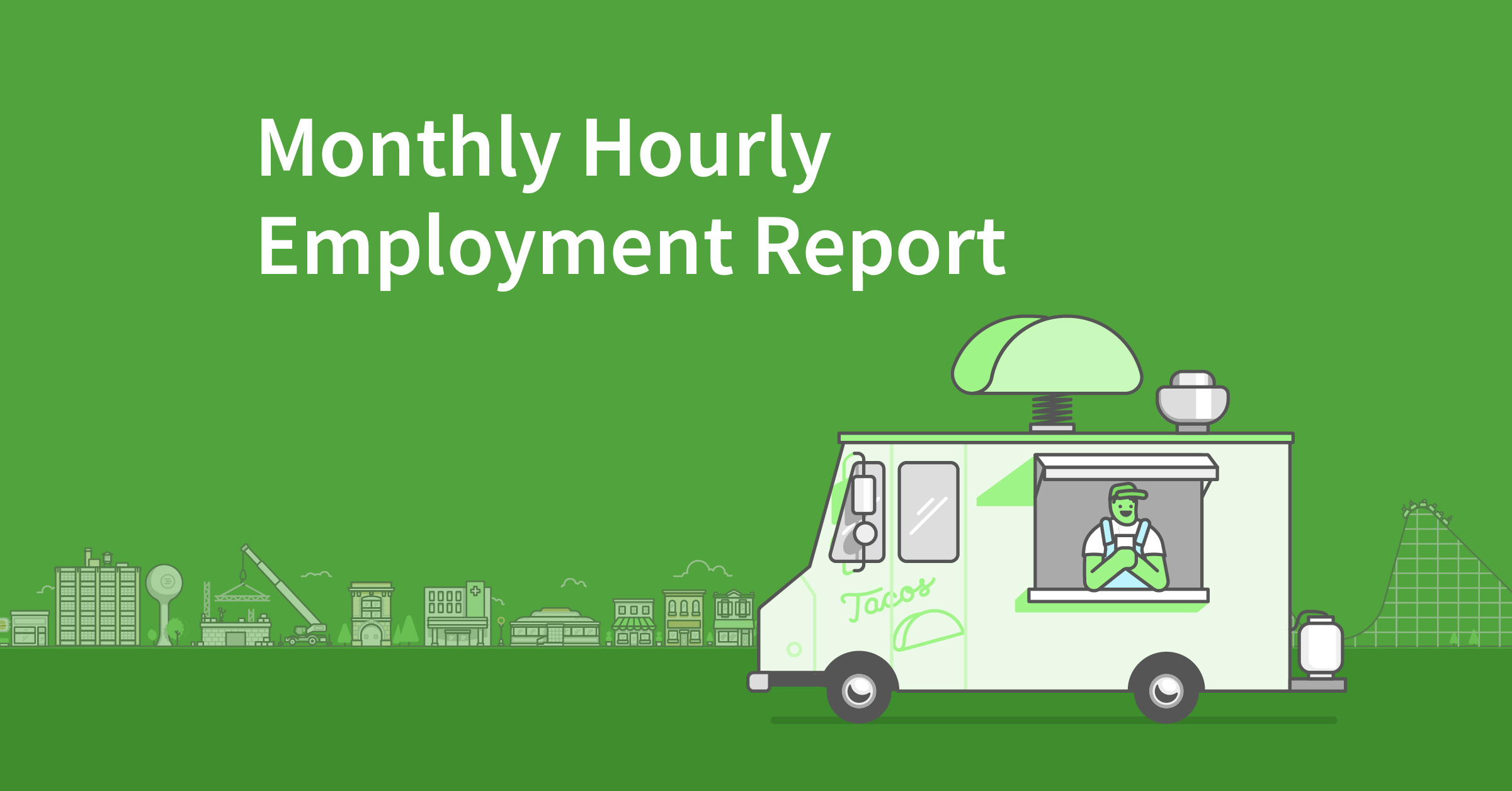
/Future of Work
Monthly Hourly Employment Report
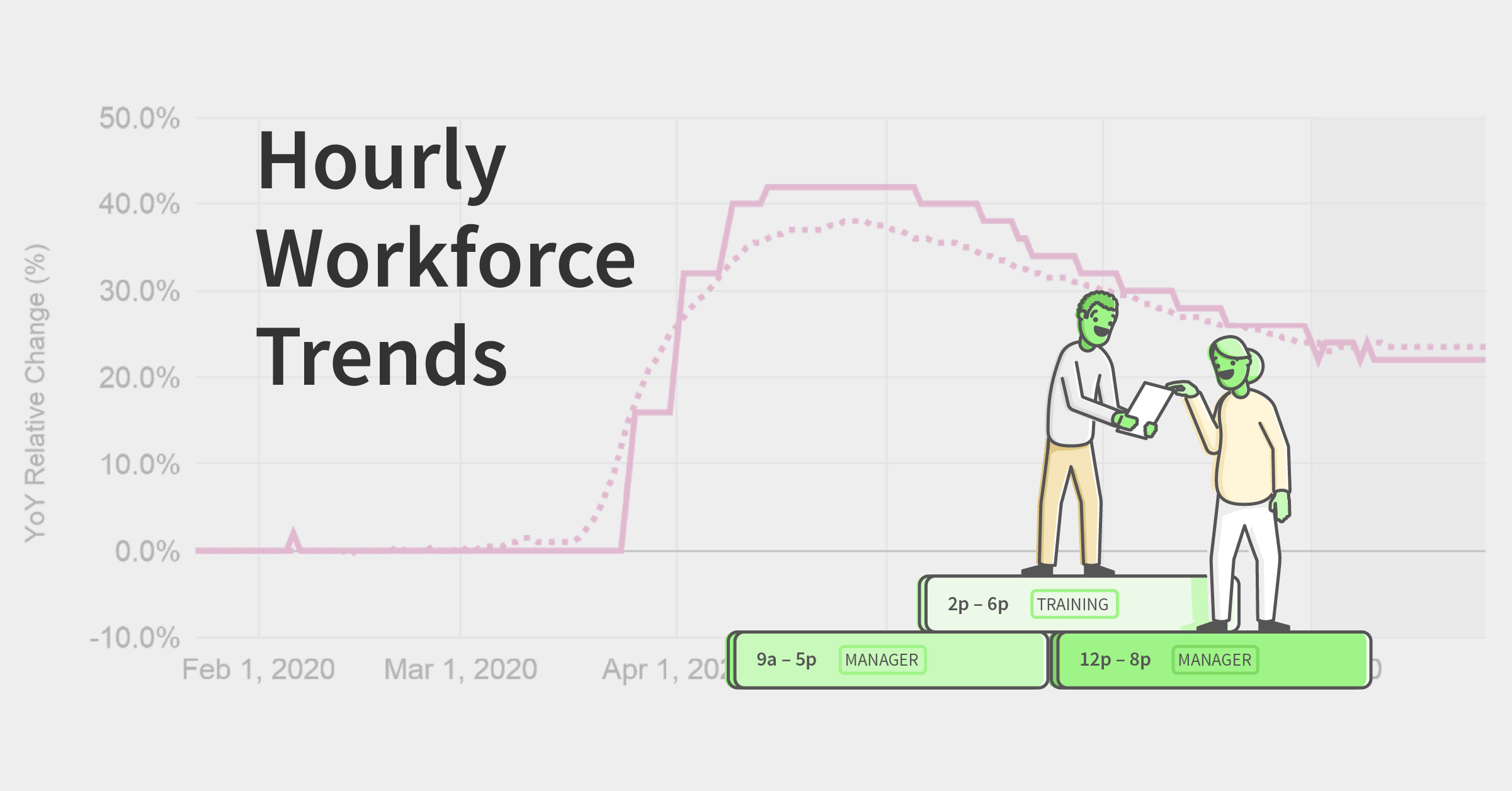
/Future of Work
Hourly Workforce Trends Report
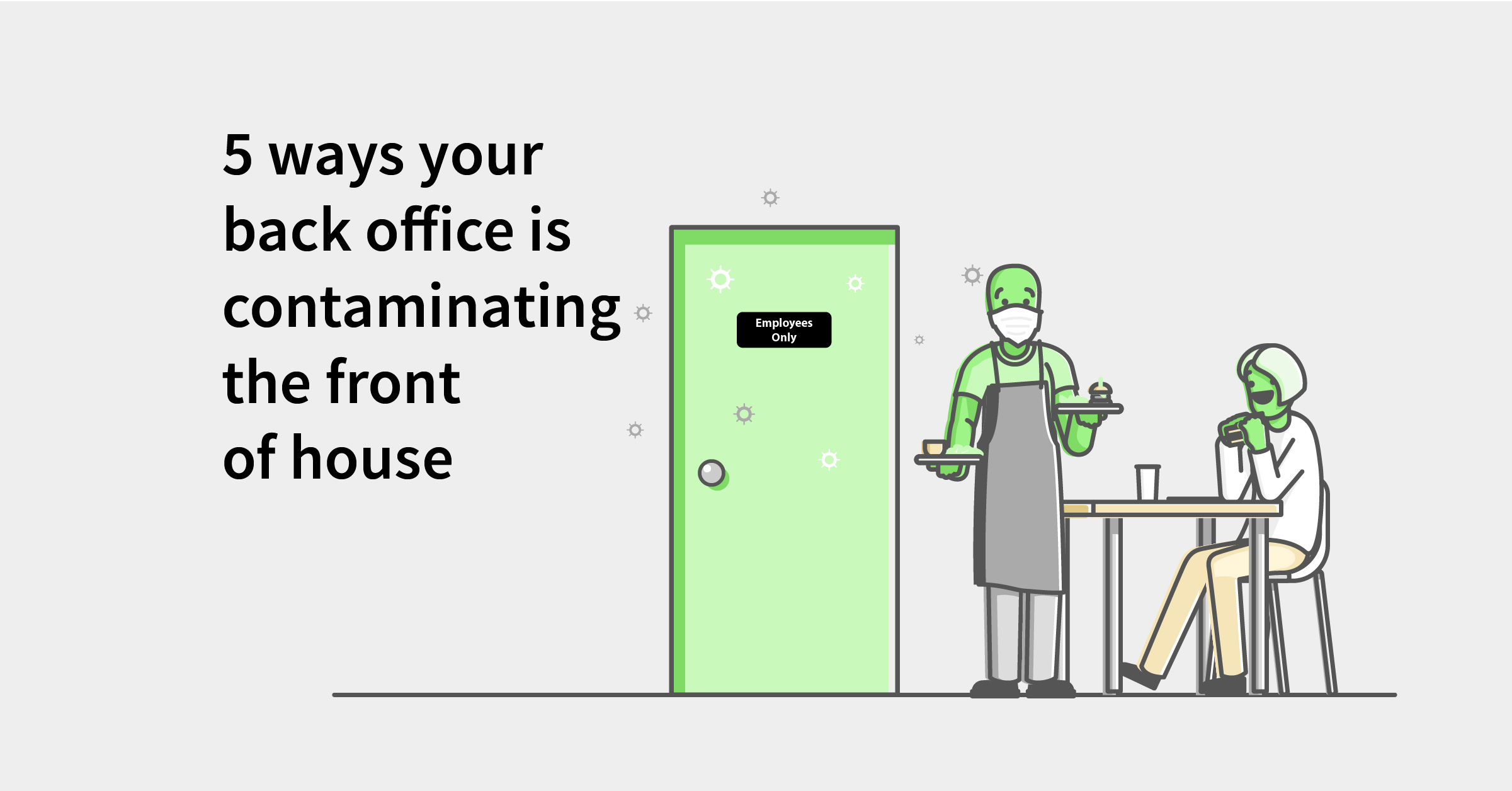
/Future of Work
5 ways your back office is contaminating the front of house
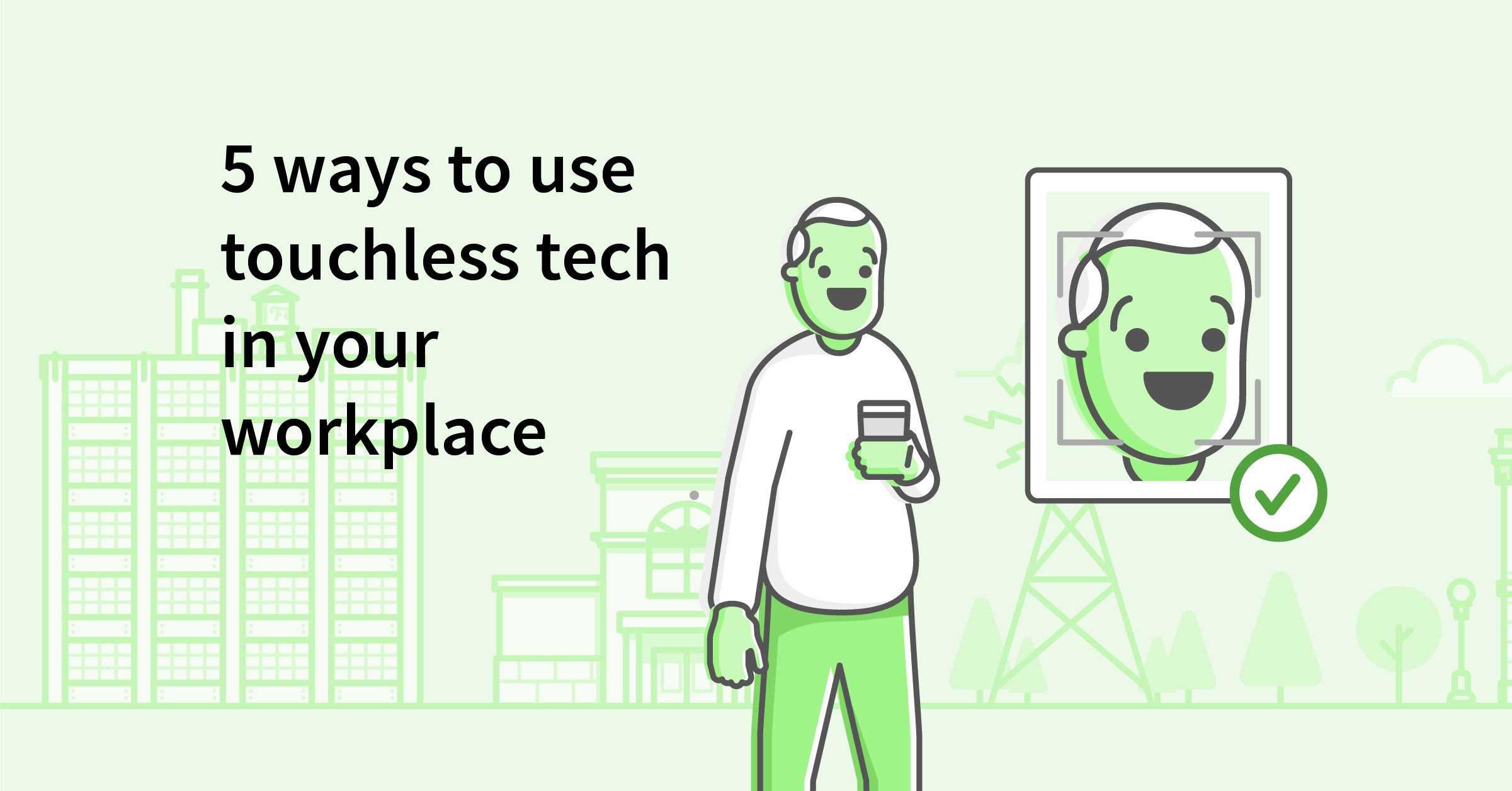
/Business Growth
5 ways touchless tech and BYOD can help make your workplace safer, adaptable, and more competitive
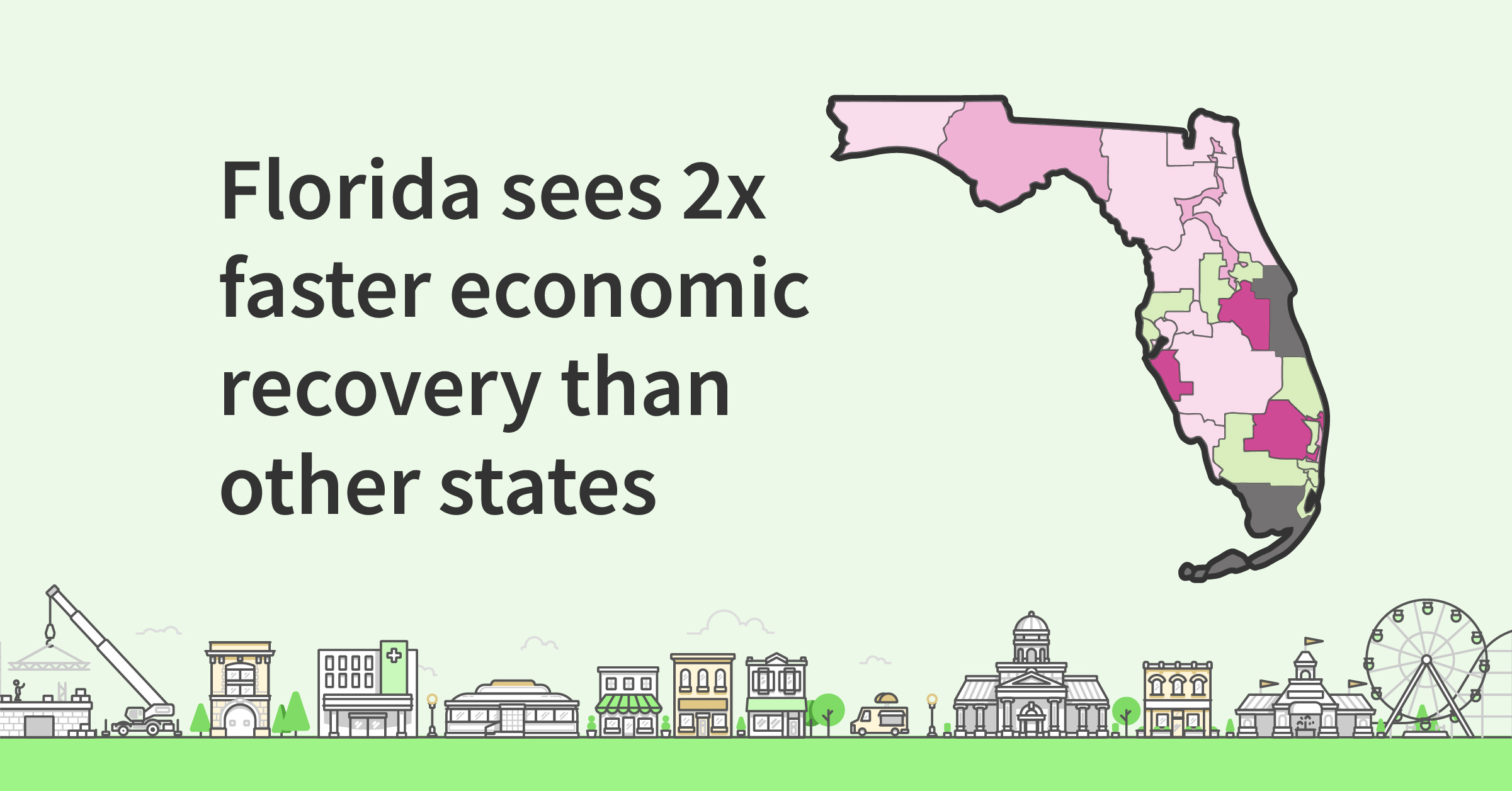
/Future of Work
Florida sees 2x faster economic recovery than other states, but the last 7 days beg the question: “Will it last?”

/Future of Work
How to schedule your employees when customer demand is uncertain

/Business Growth
Minnesota started reopening last week. Here’s what the data says.
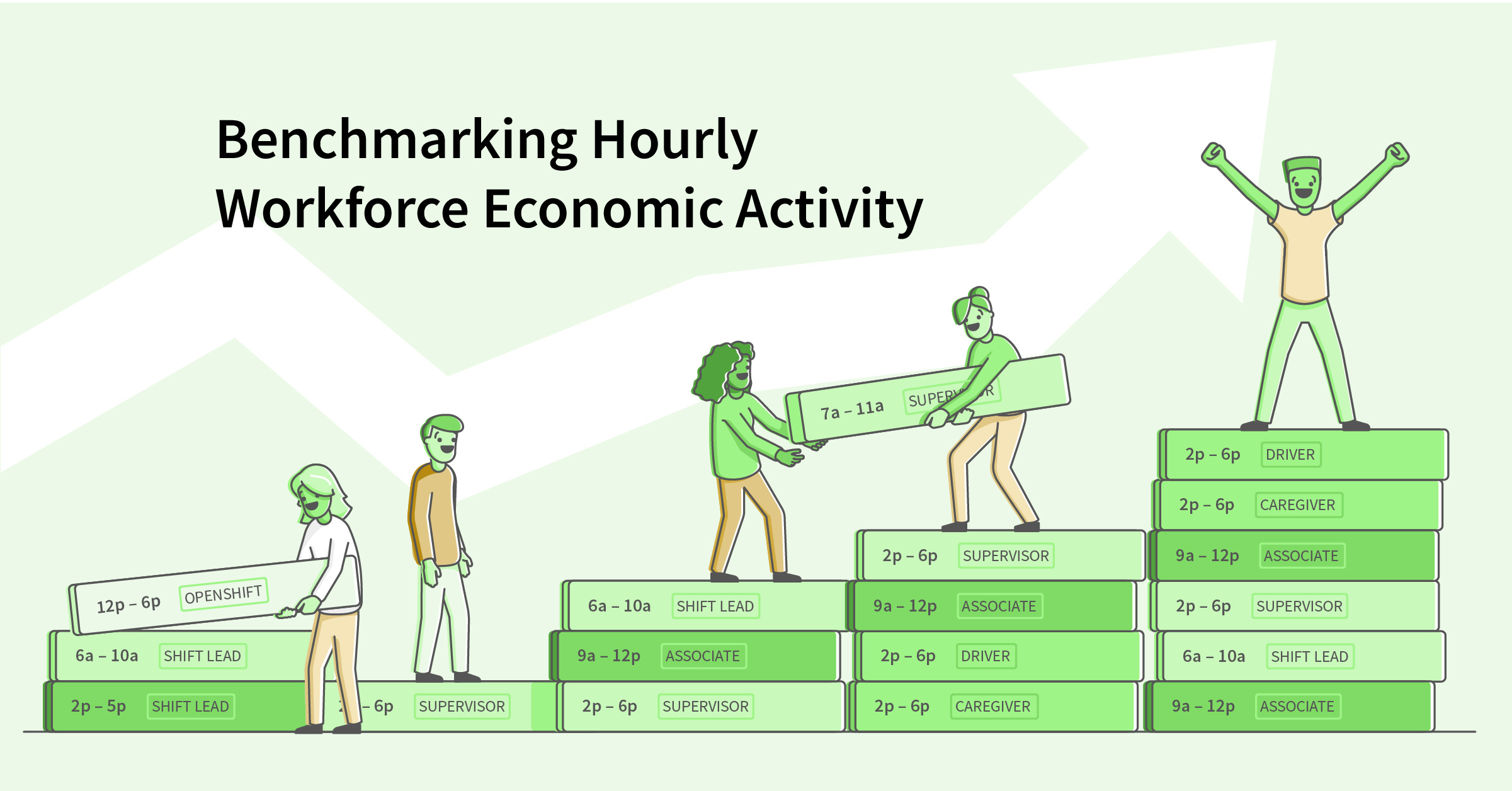
/Business Growth
Benchmarking real-time hourly workforce economic activity as America reopens to uncertain demand
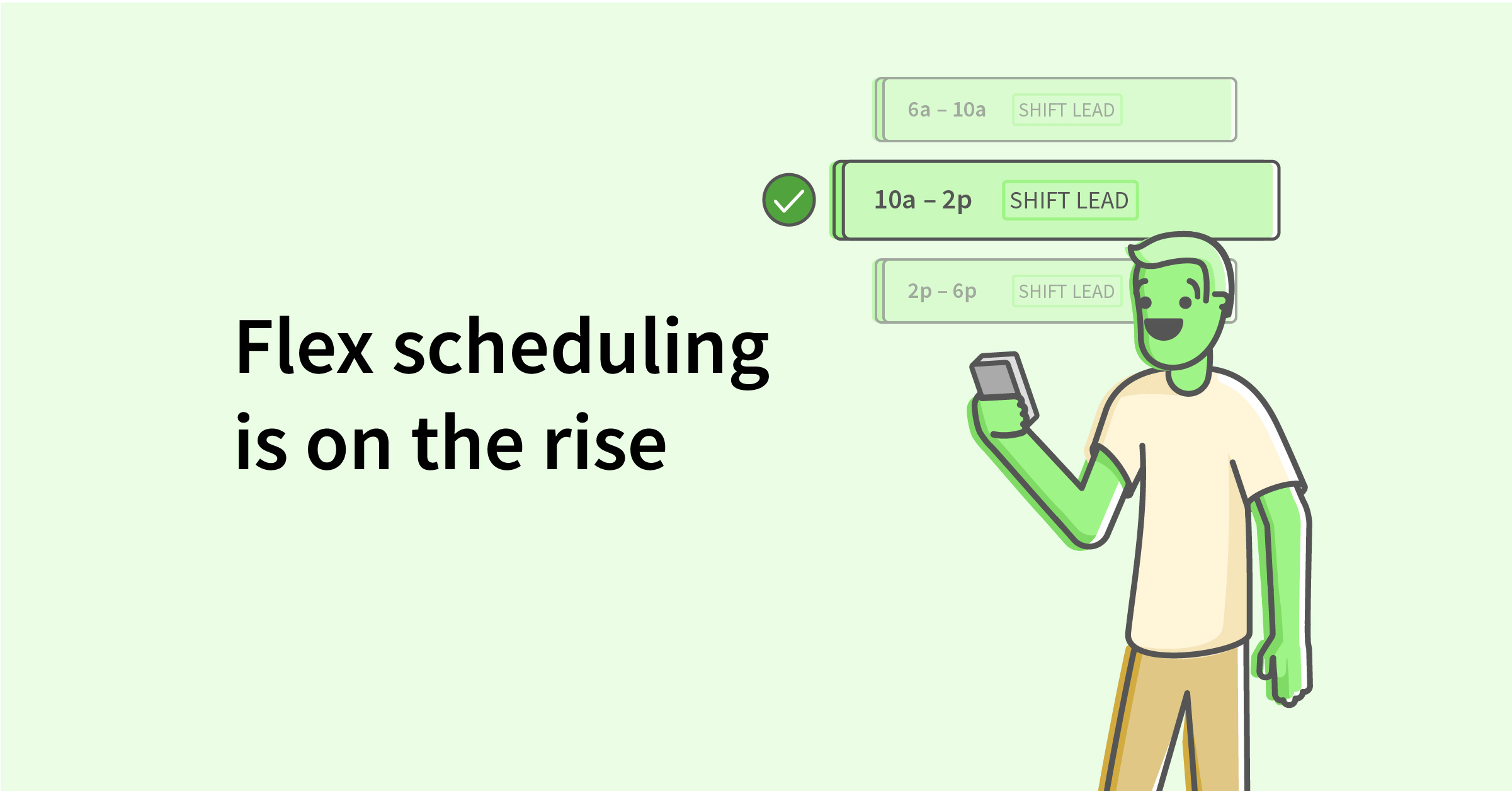
/Business Growth